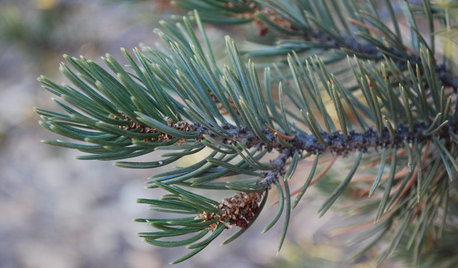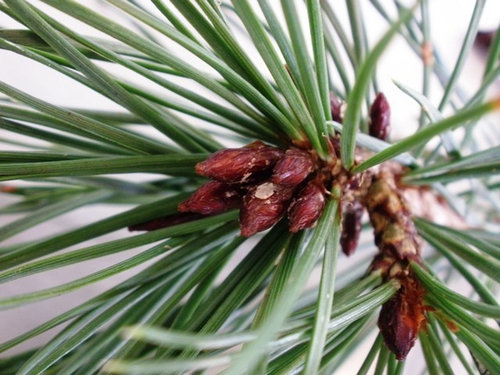Pinus monophylla: what rootstock is this?
barbaraincalif
11 years ago
Related Stories

TREESGreat Design Plant: Pinyon Pine
You might just go nuts for this tough evergreen native to the Western U.S.
Full StoryMore Discussions
I'm excited to have found a Pinus monophylla at a nursery in the SF Bay Area, especially since I've decided it would be wise to choose conifers more suited to our Mediterranean climate.
It was surprising to see that this pine had been grafted, so now I'm curious: what rootstock was used? What effect will the rootstock have on this pine's drought and heat tolerance?
Also, will this Pinus monophylla give us a crop of pine nuts sooner because it is grafted?
Photo is of the rootstock.
Many thanks,
Barbara





ken_adrian Adrian MI cold Z5
barbaraincalifOriginal Author
Related Professionals
West Milford Landscape Architects & Landscape Designers · Vernon Hills Landscape Architects & Landscape Designers · Arlington Landscape Contractors · Bainbridge Island Landscape Contractors · Brandon Landscape Contractors · Deerfield Beach Landscape Contractors · East Chicago Landscape Contractors · Elkridge Landscape Contractors · Fort Hunt Landscape Contractors · Hampton Bays Landscape Contractors · Mendota Heights Landscape Contractors · Richmond Landscape Contractors · Seven Hills Landscape Contractors · Waltham Landscape Contractors · Wentzville Landscape Contractorsmonkeytreeboy15
ken_adrian Adrian MI cold Z5
bengz6westmd
monkeytreeboy15
pineresin
monkeytreeboy15
sluice
barbaraincalifOriginal Author
pineresin
barbaraincalifOriginal Author
monkeytreeboy15
pineresin
pinetree30
pineresin
barbaraincalifOriginal Author
bengz6westmd
pineresin
barbaraincalifOriginal Author
pineresin
barbaraincalifOriginal Author
laurencehawkins